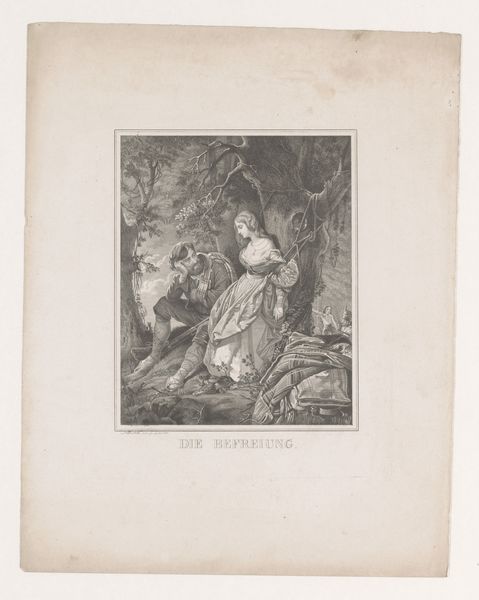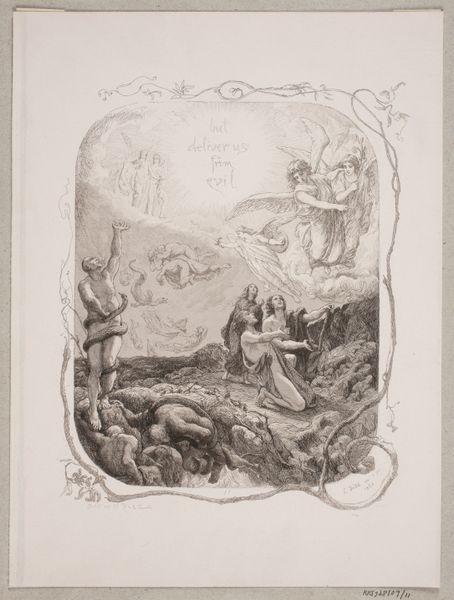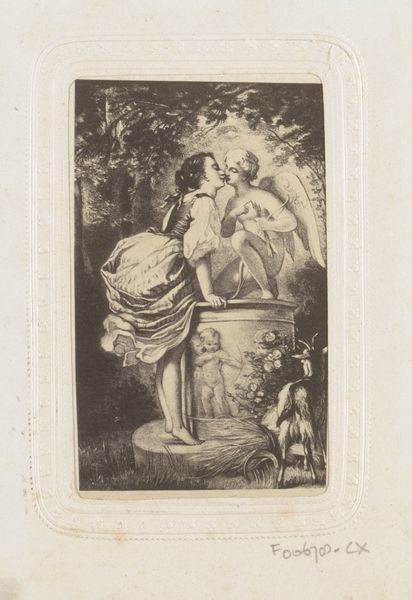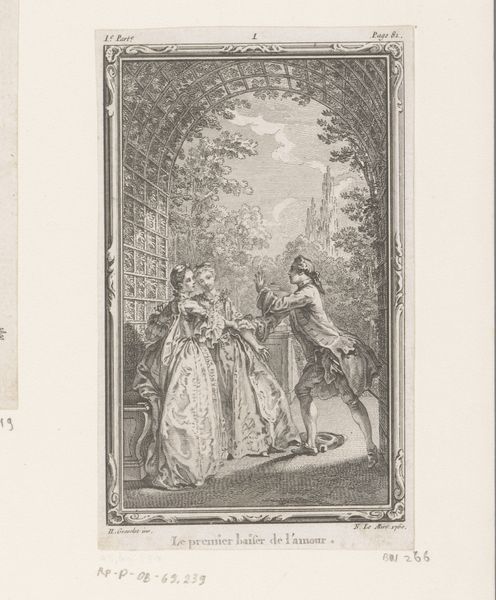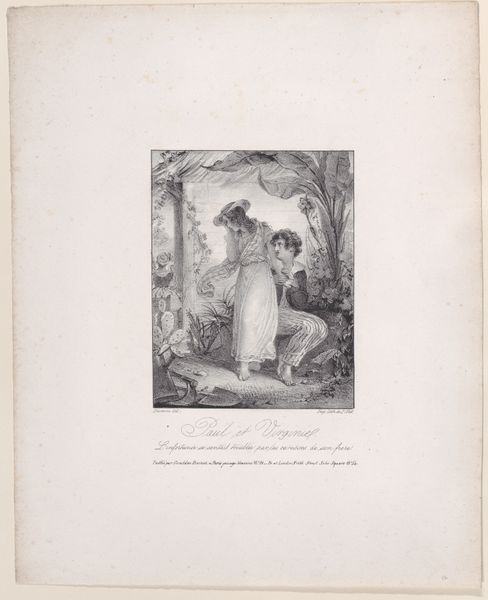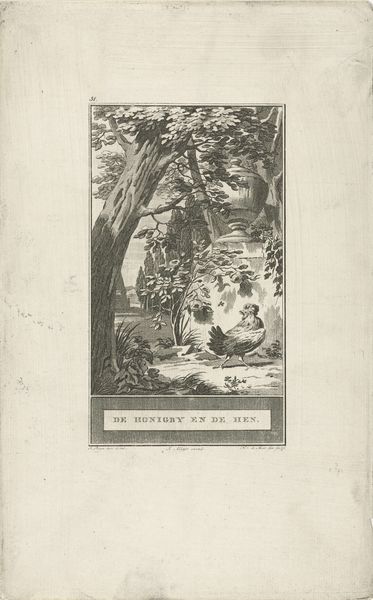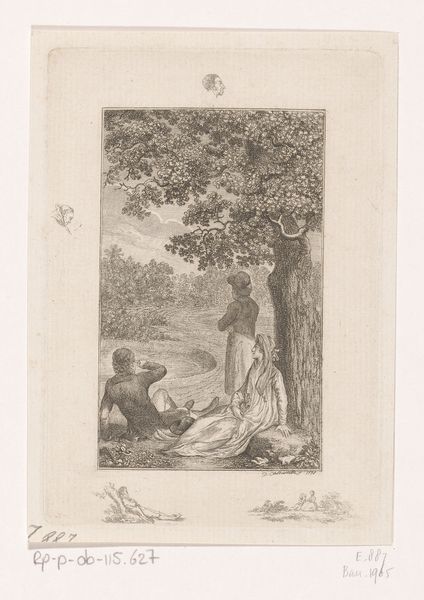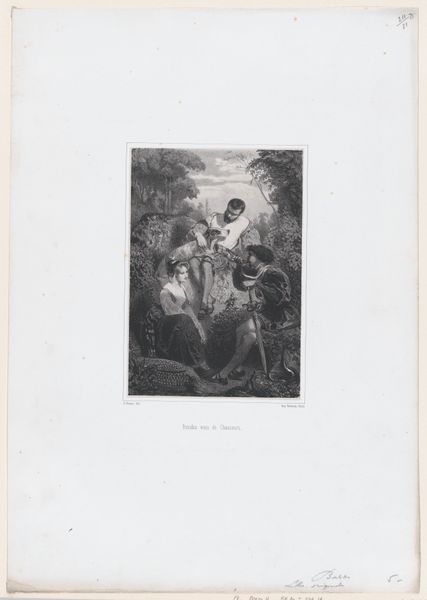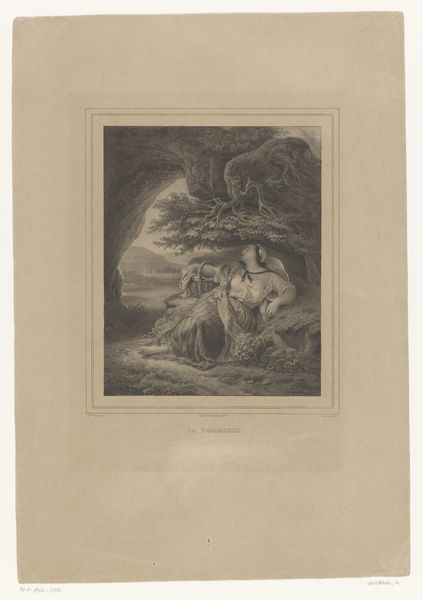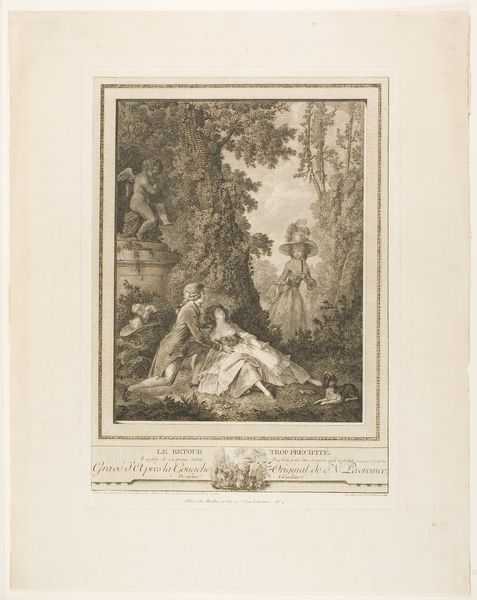
drawing, print, etching, paper, ink
#
drawing
#
narrative-art
# print
#
etching
#
landscape
#
figuration
#
paper
#
ink
#
history-painting
Dimensions: 307 mm (height) x 229 mm (width) (bladmaal)
Editor: This is Lorenz Frølich's 1863 etching, "Illustration til 'The Lord's Prayer.'" It strikes me as quite unusual, almost like a storyboard with disparate scenes from what I assume are biblical stories. What do you make of this piece, especially given its purpose as an illustration? Curator: Well, illustrations like these served a very different purpose in the mid-19th century. Think about the broader culture: widespread literacy was still relatively new. Visual depictions, especially accompanying important texts like religious scripture, played a key role in disseminating ideas and shaping public understanding. Notice how Frølich combines distinct scenes within a single print. Where do your eyes go first, and what feeling does that initial image evoke? Editor: My eye is drawn to the upper panel, with the figures in a garden setting, seemingly Adam and Eve? There's a certain idyllic quality. Curator: Exactly. That's the Genesis narrative, placed intentionally above the more chaotic scenes below. Now consider how a viewer at the time, immersed in religious teachings and visual conventions, might read this juxtaposition. The Fall from grace is a pretty powerful message. Are these narrative choices, the organization of these different elements, creating any interesting meaning? Editor: It feels like the etching wants to walk you through the biblical themes and is maybe creating an accessible narrative in that sense. I hadn’t thought about its historical function this way. It is about instruction. Curator: Precisely. These weren't just decorative additions; they actively shaped interpretation and reinforced the power of the Church and dominant cultural narratives. It makes you wonder what elements or ideas about “The Lord’s Prayer” the artist may have wished to emphasize. Editor: That's really fascinating. Seeing it as a tool for shaping public perception completely reframes my understanding. It's made me reconsider how illustrations function within a larger socio-political context. Curator: And that, in turn, allows us to appreciate the artist's choices – and their potential impact – on a much deeper level. It encourages critical engagement with not just the art itself, but its public role.
Comments
No comments
Be the first to comment and join the conversation on the ultimate creative platform.

